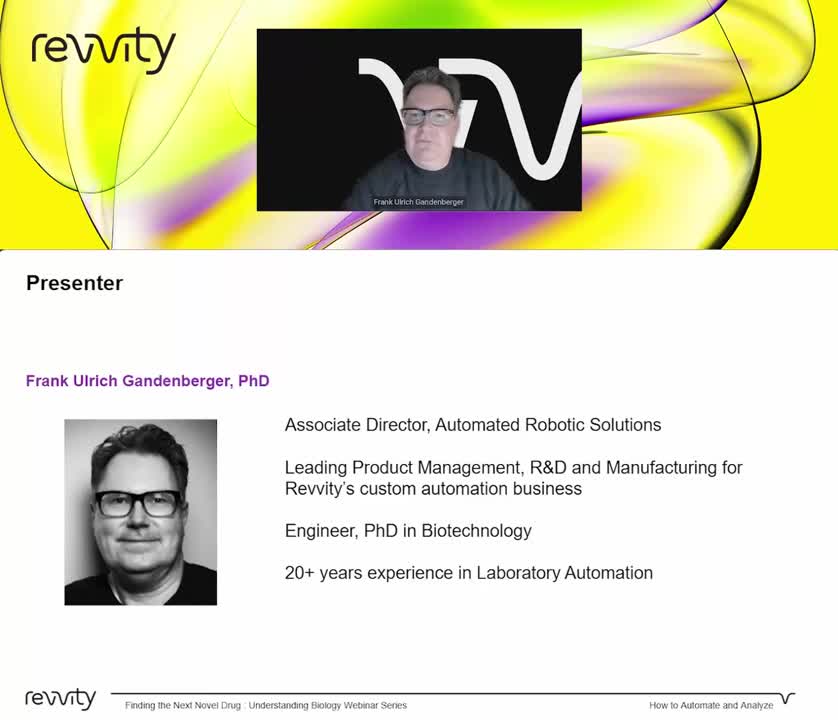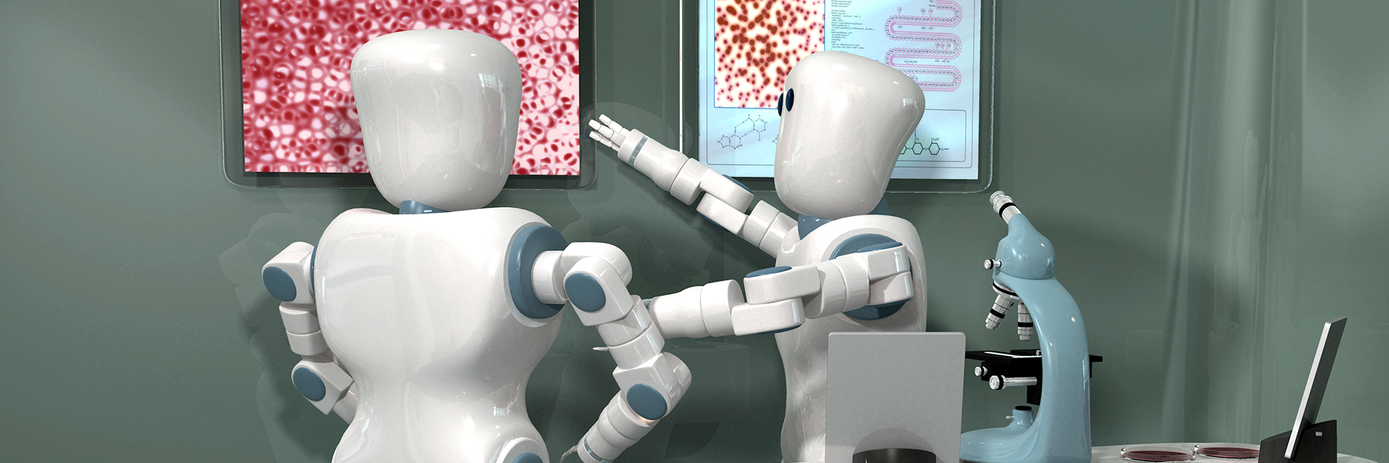
It comes as no surprise that the pharmaceutical industry was an early adopter of automation and robotics to support its high-throughput screening campaigns. Those working in drug discovery and development know that identifying a viable hit compound against a chosen target is no small feat, and that odds increase as you screen more compounds.
By automating screening and analysis protocols while miniaturizing assays, pharmaceutical companies were able to access the immense benefits of automation which are now synonymous with the technology:
- Reduced person-hours and reagents
- Dramatic increases in throughput, experimental scale, data generation
- Time and cost savings
- Increased reliability and reproducibility
Beyond these stated benefits, automation has helped usher in the era of “big science,” wherein huge amounts of data are routinely generated and processed by large and small research groups alike.
As automated systems have expanded throughout all levels of the physical and health sciences, automation and robotics platforms have become smaller and more modular. This is particularly important as the technology is adopted by academic researchers and smaller companies that have physical space and budget concerns that are not shared by larger corporations.
Modularity increases access and extends utility
A reality of research is that in many settings, space comes at a premium and budgets are limited. Modular automated systems designed to function as either standalone instruments or part of an end-to-end workflow can help address these issues. Modularity allows the research space to dictate the footprint of the instrumentation, rather than the other way around. For example, our modular systems can be vertically incorporated with up to four instruments in a column and their automated systems can be assembled around existing structural features.
Modular system design also increases access to instrumentation, as it enables researchers to purchase components individually rather than buying an entire workstation at once. As research needs change or funding becomes available, additional components can be integrated to extend functionality. In principle, this flexibility benefits all users of modular automated systems. As such, our design systems with an eye towards scalability and seamless integration of individual units.
Automation must be capable of expanding innovation
While the benefits of automation are well-established, they are not derived simply by procuring an end-to-end system. No two customer workflows are the same, and no two labs are the same. Modular systems help account for diverse customer needs by allowing for custom configurations in an “off-the-shelf” manner, but the instrumentation must be accompanied by software that enables the user to adapt the system to the needs of the research.
Protocols require tinkering and experimentation, and operating systems that are not amenable to adaptation will ultimately hinder innovation. Robust and flexible software that is capable of coordinating and programming all units of an end-to-end system is a key component of any automated solution and will ensure that researchers are not limited by technology in their scientific endeavors.
Providing solutions for researchers takes precedence for Revvity
Offering a suite of modular automation instruments ranging from robotic plate-feeders to full-stack workstations with biosafety and clean-room enclosures, Revvity has established itself as a premier provider of automated solutions.
“Our mission is to help labs do more with less,” says Dr. Frank Ulrich Gandenberger, PhD, Associate Director of Automated Robotic Solutions at Revvity.
Listen to Dr. Gandenberger’s speak about Revitty’s automation solutions and its benefits in drug discovery.

The future of automated systems
As automated and robotic solutions become more accessible and flexible, their capabilities must also continue to grow. Similar to virtually any sector in today’s world, AI and machine learning technologies will play pivotal roles in this process. The training of high-content image analysis systems can be employed to detect undesirable characteristics in a particular well and exclude it from further protocol steps, saving time and resources and simplifying data analysis.
Similarly, machine learning can be incorporated into the training of robotic movements. When coupled with advances in robotic engineering and materials development, this will improve dexterity and therefore increase the complexity and breadth of possible manipulations and procedures.
Automation will continue to expand its capabilities and utilities in research, undoubtedly accompanied by scientific breakthroughs. To maximize the impacts, these expansions must be coupled with increased flexibility and accessibility to ensure innovation is not inadvertently stifled.
For research use only. Not for use in diagnostic procedures.


































